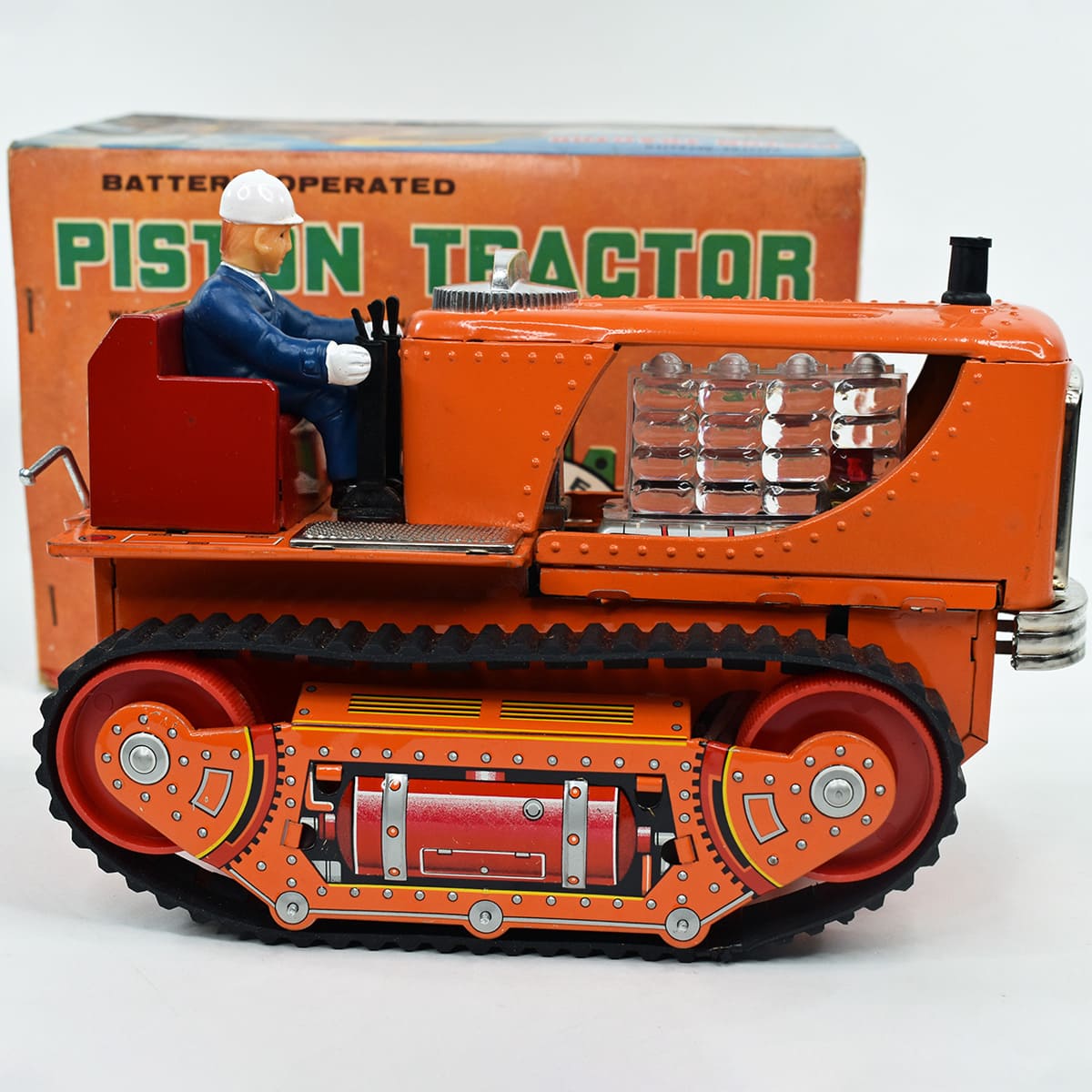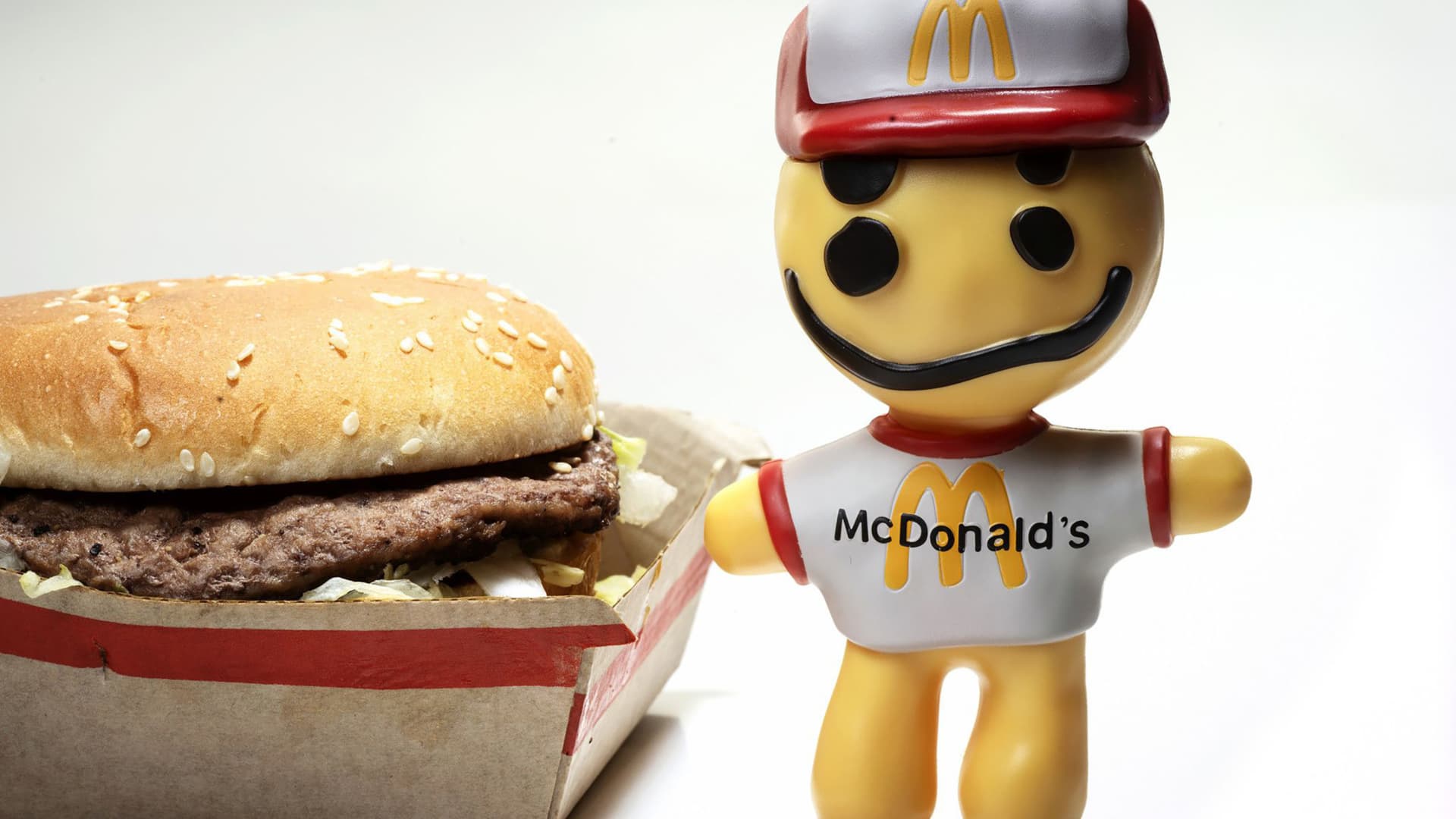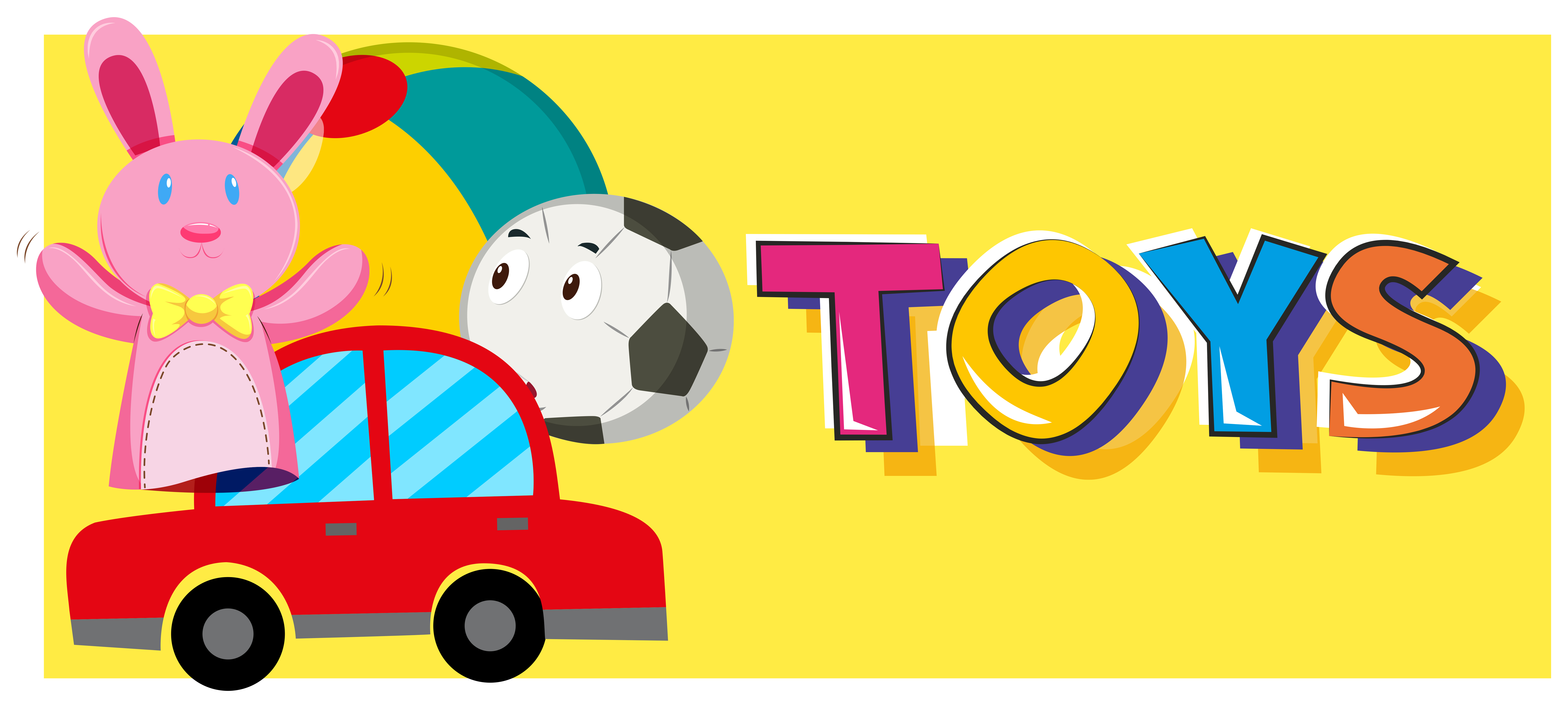Exploring Video Toys - Fun Ways To Play With Digital Media
Thinking about how we play with screens these days, it's pretty clear that what we call "video toys" are more than just simple gadgets. They are, you know, tools that let us get creative, connect with people, and just have a good time using moving pictures and sound. It's not just about watching anymore; it's about making and sharing, which is rather exciting.
A lot of what makes these experiences possible comes from everyday technologies we use for other things, but with a little twist, they become instruments for fun. We're talking about things that help you set up a little video chat with friends for a game night, or maybe even tools that help you put your own spin on a video you want to share, so it's quite a versatile setup.
This piece will look at some of the ways these common video tools can actually be thought of as playful items, helping us build, share, and enjoy video content in new and rather interesting ways. They are, in a way, digital playthings for all ages, offering quite a bit of creative freedom.
Table of Contents
- Setting Up Your Play Space - The Accessories for Video Toys
- How Can We Make Our Video Toys Look Good?
- Storing Your Creative Video Toys - Where Do They Live?
- Sharing Your Video Toys - Reaching Out
- What Happens When Video Toys Don't Work Right?
- Making Video Toys Accessible for Everyone
- How Do Video Toys Help Us Connect?
- The Future of Our Video Toys - Always Growing
Setting Up Your Play Space - The Accessories for Video Toys
When you think about getting ready for a fun video call with friends, or perhaps setting up a little home studio for making short, funny clips, it's a bit like getting your favorite play area ready. You need the right bits and pieces, you know, to make sure everything works just so. This is where things like those hardware kits, often used for more serious work meetings, can really turn into a set of exciting video toys for your personal projects. They give you the foundation for all sorts of visual fun, basically.
Consider the cameras that capture your smile, or the microphones that pick up your voice clearly. These are not just for talking business; they are your tools for creating silly faces, telling stories, or even putting on a virtual puppet show for family members who live far away. Having the right setup means your playful video sessions are clear and easy for everyone involved to enjoy, which is pretty neat. You're building a little broadcast station right in your own home, more or less.
Getting the apps for these video experiences, whether it's from the Play Store or the App Store, is like finding new game pieces for your collection of video toys. These apps are the doors to a whole world of connection and creation. They allow you to bring your friends into your digital space, or to share your latest video creation with a wider group. It’s quite simple to get started, actually, just a few taps away from a new kind of playtime.
And when we talk about making things easy for everyone, that's what accessibility features are all about. For video toys, this means making sure that anyone can join in the fun, no matter their abilities. It might mean clear sound, or easy-to-see controls, or even ways to get captions for what's being said. It's really about making sure the playtime is fair and open for all, so nobody feels left out, which is pretty important, you know.
Imagine using these accessories to host a virtual board game night, where everyone can see each other's reactions in real-time. Or perhaps you're using them to teach a friend a new craft over video, showing them step-by-step how to do something. These seemingly formal tools become quite versatile instruments for connection and shared experiences, letting you create moments that are truly personal and memorable. It's quite amazing how adaptable they are, honestly.
The very act of putting these bits of equipment together, testing the sound, and adjusting the camera can feel like a part of the play itself. It’s like building a fort before you play inside it. You are preparing your creative space, making sure all your video toys are ready for action. This preparation helps ensure that when the fun starts, there are fewer technical hiccups, letting the good times roll without much interruption, which is usually what you want.
How Can We Make Our Video Toys Look Good?
Think about a new toy you just got. The box it came in, or the way it was displayed, probably made you want to pick it up, right? For our video toys, that first impression often comes from something called a video thumbnail. This is that little picture you see before you even click to watch a video, and it’s very, very important for getting people interested, you know.
Making a good thumbnail is like putting a fancy bow on your video toy. It's about making it look appealing and giving people a little hint of what’s inside. It could be a funny moment from your video, or a bright, clear image that tells a story all on its own. This visual sneak peek really helps draw people in, making them curious enough to click and play your creation, which is sort of the whole point.
The YouTube Creators channel, for example, offers guidance on how to make these little pictures. It’s like a helpful instruction manual for making your video toys shine. They show you how to pick the best frame, add some text, or even use colors that grab attention. Learning these simple tricks can make a big difference in how many people decide to watch your playful videos, so it's a worthwhile thing to learn, I mean.
It's not just about being pretty, though. A good thumbnail also tells a story. It communicates the mood, the topic, or the feeling of your video toy project. If you've made a video about building a miniature house, your thumbnail might show a cute shot of the house. If it's a video of your pet doing something silly, the thumbnail should capture that silliness. It’s about being clear and inviting, basically, helping folks know what they are getting into.
This skill of making attractive thumbnails is a part of the larger art of presenting your creative work. It’s like when you arrange your favorite toys just so on a shelf, hoping someone will notice them and want to play. For digital content, this small picture is your main display window, and taking a little time to get it right can really make your video toys stand out in a crowd, which is quite satisfying, you know.
So, while the video itself is the main attraction, the thumbnail is the welcome mat. It’s the first thing people see, and it helps them decide if your video toy is the right one for them to spend some time with. Investing a little effort here can lead to many more people discovering and enjoying the fun you’ve put into your videos, and that’s a pretty good feeling, naturally.
Storing Your Creative Video Toys - Where Do They Live?
Once you’ve made a fun video, whether it’s a quick clip of your pet or a longer story you’ve put together, you need a good place to keep it safe. Think of Google Drive as your digital toy chest, a place where all your video toys can live without getting lost or broken. It’s pretty simple to just put them there, and you can get them back whenever you want, which is rather convenient.
Being able to store your videos directly on Google Drive means you don't have to worry about them taking up too much space on your computer or phone. It’s like having an extra-large closet for all your creative projects. This way, your video toys are always ready when you want to show them off to a friend or just re-watch them for a bit of a laugh. It’s a very handy way to keep things organized, you know.
And the best part is, you can play these videos right from Google Drive. You don't need to download them first, which saves time and effort. It’s like pulling out a toy from its box and being able to play with it right away. This makes sharing your video toys incredibly easy too, as you can simply send a link to someone, and they can watch it without any fuss, so that's a nice feature.
Imagine you’ve made a series of short, silly animated clips – your own collection of digital video toys. Storing them on Google Drive means you can create different folders for different themes, keeping everything neat and tidy. You might have one folder for "Funny Animal Videos" and another for "My Stop-Motion Creations." This organization makes it simple to find exactly what you’re looking for when you want to share a specific video toy, which is quite helpful, actually.
This digital storage also offers a good bit of peace of mind. If something happens to your computer, your video toys are still safe in the cloud. It’s like having a backup copy of your favorite physical toys, just in case. This reliability means you can focus more on creating and playing, and less on worrying about losing your precious video creations, which is a big relief, basically.
So, whether you're making a video diary, a collection of funny skits, or even just recording memorable family moments, Google Drive serves as a dependable home for all your digital video playthings. It’s a place where they can be kept safe, organized, and ready for viewing or sharing whenever the mood strikes, allowing you to enjoy your video toys without much hassle, you know.
Sharing Your Video Toys - Reaching Out
After you've put your heart into making a fun video, the next natural step is to share it, right? It's like building a cool sandcastle and wanting everyone on the beach to see it. When we talk about "video campaigns," it sounds very business-like, but for our video toys, it’s really just about showing off your creations to people who might enjoy them, so it's a pretty straightforward idea.
Platforms like YouTube and Google TV, along with other video partners, are like big, friendly stages for your video toys. You get to choose where your video plays, letting you reach different groups of people. Maybe you want to share your funny pet video with family, or perhaps a stop-motion animation with a wider audience who loves that kind of creative play. It’s all about finding the right audience for your particular video toy, you know.
When you put your video toys out there, you're not just showing them; you're also inviting people to react and connect with what you’ve made. Comments, likes, and shares are all ways that people can play along with your video. It’s a two-way street of fun, where your creative efforts can spark joy or laughter in others, and their reactions can make you feel good about what you’ve created, which is quite rewarding, I mean.
The ability to pick where your video toy is shown gives you a lot of control. Do you want it to be seen by people who specifically look for educational content, or by those who just want a good laugh? This choice helps you make sure your video toy finds its way to the right hands, or rather, the right screens. It's about being thoughtful about your sharing, basically, to get the most enjoyment out of it for everyone involved.
Think of it as setting up a special show-and-tell for your digital creations. You get to decide who gets an invitation and where the show takes place. This makes the act of sharing feel much more personal and exciting, turning a technical process into a chance to connect and engage with others through the magic of your video toys. It’s a very powerful way to spread a little bit of your own creative fun, you know.
So, these "campaigns" are really just ways to get your playful videos out into the world. They provide the structure to help your video toys find their audience, whether that audience is just a few close friends or a much larger community of people who appreciate what you do. It’s a simple way to make sure your creative efforts don't just sit on your hard drive, but actually bring joy to others, which is quite a lovely thought.
What Happens When Video Toys Don't Work Right?
Even the most fun video toys can sometimes act a little quirky. Just like a favorite toy car might lose a wheel, or a board game might be missing a piece, digital tools can have their moments too. It’s a normal part of using technology, and it’s good to know that when your video playtime gets a little bumpy, there are places to find out what’s going on, which is quite helpful, you know.
When YouTube, for example, has "known issues," it means they've found some little glitches or problems that might affect how things work. It’s like when a toy company puts out a notice about a small issue with one of their products. This information is there to help you understand why something might not be working as you expect, so you're not left guessing, basically.
Getting information on these reported issues is like getting a little heads-up. It helps you figure out if the problem is on your end or if it’s something bigger that the creators are already working on. This way, you don't spend a lot of time trying to fix something that’s out of your control, letting you get back to enjoying your video toys sooner rather than later, which is usually the goal.
It’s a bit like having a user manual that also tells you about common troubleshooting steps. If your video toy isn't playing smoothly, checking these reported issues can save you a lot of frustration. You might find that a lot of other people are having the same experience, and that there’s already a fix in the works, or a simple trick you can try. This kind of shared information is pretty valuable, I mean.
So, while it can be a little annoying when your video tools don't behave, knowing where to look for updates and information about "known issues" is a very helpful skill. It means you can approach any temporary hiccups with a bit more calm, understanding that these digital video toys, like all complex things, sometimes need a little bit of attention to keep them running smoothly, and that’s perfectly fine, you know.
Ultimately, these little bumps in the road are just part of the journey with technology. The important thing is that there are ways to get information and support, helping you get back to the fun of creating and watching your video toys without too much interruption. It’s about being prepared for the unexpected, which is a good life skill, really.
Making Video Toys Accessible for Everyone
One of the truly wonderful things about digital video toys is the chance to make them enjoyable for everyone. Think about a simple tool that can take the sounds from a video and turn them into words you can read on the screen. This is what a software tool that generates SRT files does, and it's a very helpful way to make videos more inclusive, so it’s pretty cool.
An SRT file is basically a text file that has all the words spoken in a video, along with timings for when each bit of text should appear. It’s like creating a special script that runs alongside your video, making it possible for people to read what’s being said. This is especially good for people who might have trouble hearing, or for those who prefer to read along, which is quite considerate.
The fact that there's an open-source tool for this, like the one mentioned, means that people can freely use it and even help make it better. It’s a bit like a community workshop where everyone can bring their ideas to improve a shared toy. When people "contribute" to its development, they’re helping to make sure that more and more video toys can be enjoyed by a wider audience, and that’s a really positive thing, basically.
Imagine you

Construction Toys - Rare and Collectible Toys for Enthusiasts

McDonald's collectible adult Happy Meal toys are selling for thousands

Word toys and different types of toys 301464 Vector Art at Vecteezy